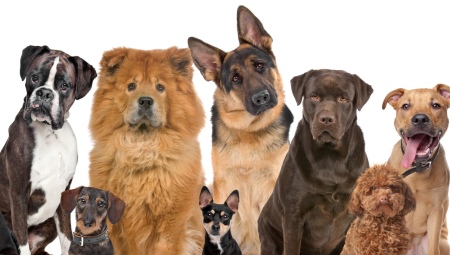Domestic dog biologically belongs to mammalian animals of the order of predators. Researchers still argue about who the ancestor of the dog is. And although most people believe that dogs are domesticated wolves, scientific reasoning is far from straightforward. It should be said right away: the final point in the research on this topic has not been set.
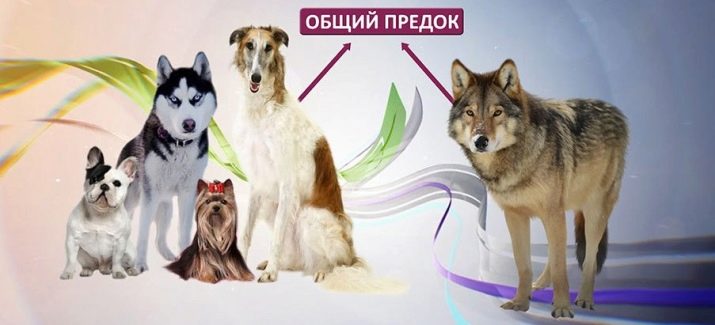
Evolutionary theory
The two main theories of the origin of dogs include monophyletic and polyphyletic. The first means that the animal came from one ancestor, the second suggests that the ancestors of the dog were different animals. Researchers who advocate monophilia are sure that it is the wild wolf that is the ancestor of the dog. The skull and external features of the wolf are really similar to a dog, and the process of domestication (domestication) changed the cranial bones of the animal.
According to the evolutionary hypothesis, domestication took place in a particular place, and only then the dogs began to settle everywhere on Earth. True, even supporters of monophilia did not agree that the wolf is still the "great-grandfather" of the dog - Some scientists are sure that the dogs came from a coyote or jackal.
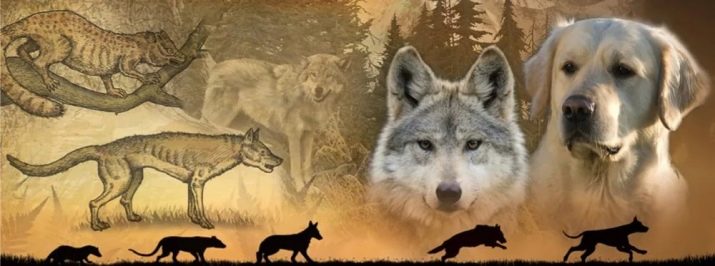
Howbeit, the dog is considered the first tamed animal. Archaeological excavations made it clear that this happened back in the Stone Age, when man had not yet taken up farming and raising livestock, but a wild beast was being hunted. In 1862, researchers found the remains of a dog on Swiss lakes, they were attributed to the Neolithic period. It was a small animal, it was called a peat (or swamp) dog.
It is believed that human evolution required evolutionary development from a domesticated beast.As soon as our ancestors began to lead a settled lifestyle, as soon as they began to engage in agriculture and cattle breeding, the requirements for a domesticated dog also increased. And this was the first impetus for breeding.
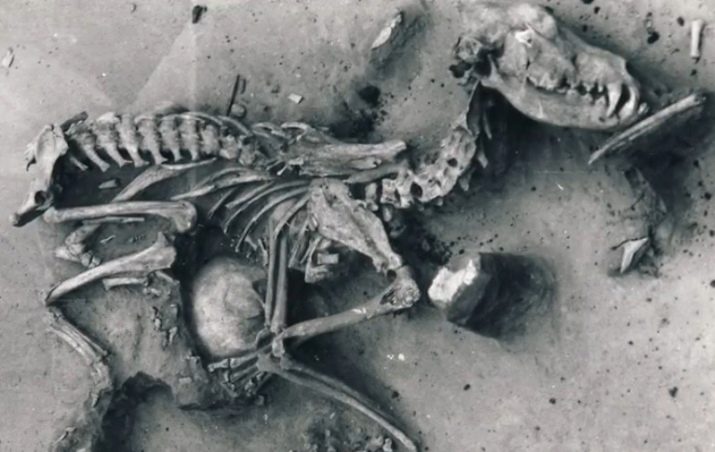
It should be said that one of the first serious works on the origin of the dog belongs to the pen of the famous scientist Konrad Lorenz. The scientist suggested that the man initially attracted the jackal to serve himself - the jackal began to inform the person about the approach of larger predators.
If you read the monograph of Lorentz, we can conclude: all dogs appeared from a wolf and a jackal, and there are breeds of "jackal", and there are "wolf". And this no longer fits into the concept of monophyletic theory.
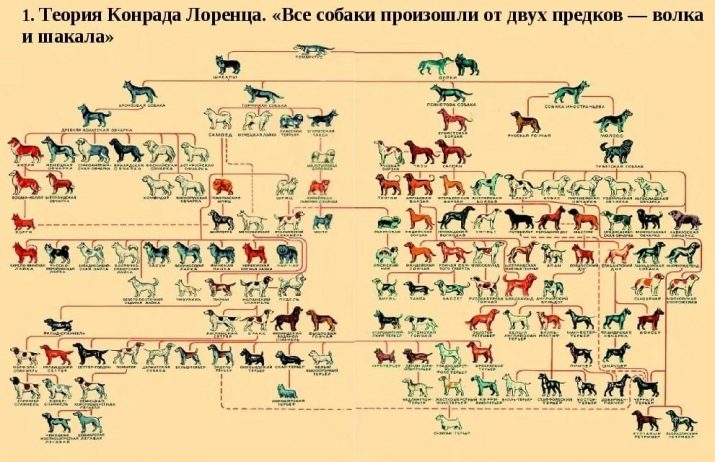
Darwin Research
1859 was a great year for world science and science in general. C. Darwin introduced the world to the work “The Origin of Species,” in which he outlined the theory of natural selection. In particular, it says the following about dogs: their selection was carried out on an artificial principle, the key force in the selection was people who kidnapped the wolf cubs from the den and then tamed them. This point of view led to the conclusion: people united with wolves in a mutually beneficial alliance; on the human side, the mind was used; on the part of the wolf, the ability of a predator.
But if you read the work of the researcher carefully, we can say that Darwin shared polyphyletic hypotheses. And to be more precise, Darwin allowed polyphilia. Breeds of domestic dogs in specific countries are similar to wild representatives of the genus Canis. But relying in studies of the origin of dogs only on Darwin today is unreasonable. The researcher himself could not know much, since at that time the systematics and history were not developed enough to draw confident conclusions.

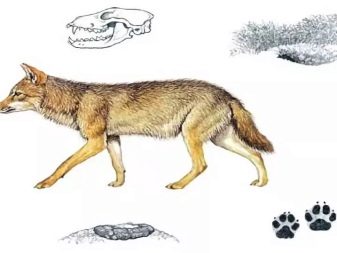
Polyphyletic theory actually has more adherents. Its supporters, who have greater argumentation and scientific justification than Darwin at one time, suggest that the ancestor of the dog could become a cayote-like representative of the ancient animal world, but interspecific hybridization was not completely excluded. However, they agree with Darwin on the main point: there was artificial selection, the main criterion of which was an increase in loyalty to the person.
The opinion of modern scientists
Today, researchers more broadly, but at the same time more carefully, look at the question of the origin of the dog. So, more and more often in the scientific press began to appear works testifying to the fact that the wolf and the dog are not at all an ancestor and descendant, but, to be more precise, “cousins”. Found that they separated from the common ancestor in the interval 11-34 thousand years ago. Specifically, this theory is developed by the scientist Adam Friedman and his like-minded people from the Chicago laboratory.
To come to such conclusions, experts examined the genomes of a number of dog breeds from areas where wolves do not live today. Volkov, on the other hand, was genetically studied in those living in places where the domestication of dogs was supposedly started. Ordinary jackals were taken as an external group (this means a species close to the one being investigated).
Genetic analyzes, a complex scheme, and a comparison of all groups according to the line of single nucleotide mutations led to the construction of a kinship system for dogs and wolves. And it turned out that absolutely all dogs are genetically close, and wolves, I must say, created a separate cluster.
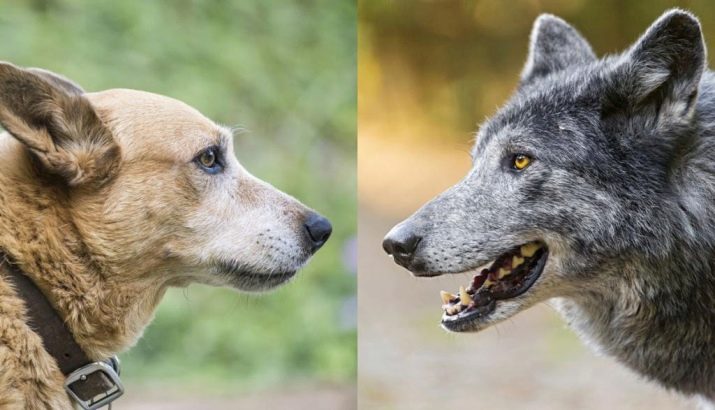
So experts suggested that at a certain historical moment (when it is not known exactly) the wolves and dogs detached themselves from a common ancestor, but did not lose the ability to interbreed with each other. And it was these crosses that probably led scientists to a false idea, because genetics initially decided that wolf genes in a dog - this is evidence of the formation of a dog from a wolf. California scientists, who also conducted research on the same subject, agreed with Chicago colleagues.So, today the opinion of the scientific community is even shared in places, but it tends to be that dogs and wolves are not direct relatives.
Interestingly, modern researchers have been able to identify an important point: the percentage of produced amylase (an enzyme that helps in the processing of starch) in dogs is produced in greater quantities. Only Siberian husky and dingo have less enzyme than wolves. This is direct evidence that dogs domesticated by humans have included plant foods in their diet.
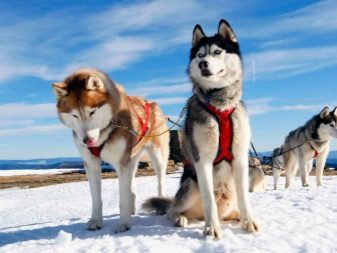
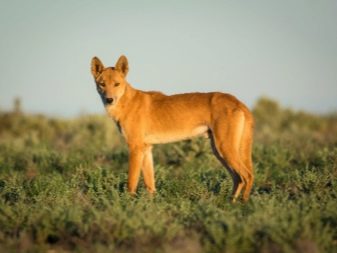
When did you domesticate the dog?
No less interesting is the process of domesticating a dog. The most probable period of history when the animal socialized was the boundary of the Upper Neolithic and Mesolithic, that is, about 15 thousand years ago. Assuming that a person took a predatory animal to tame it, the scenarios of this taming were still different. More precisely, the person himself was not always the initiator. It is believed that in certain areas in wolf packs appeared individuals tolerant to humans. It sounds implausible, but scientists do not renounce this version.
An interesting experiment (and very valuable) was the experiment with foxes of Dmitry Belyaev. At a Siberian fur farm, Belyaev spent several decades conducting an experiment designed to answer the main questions of domestication of an animal. The scientist is no longer there, and his followers continue his research.
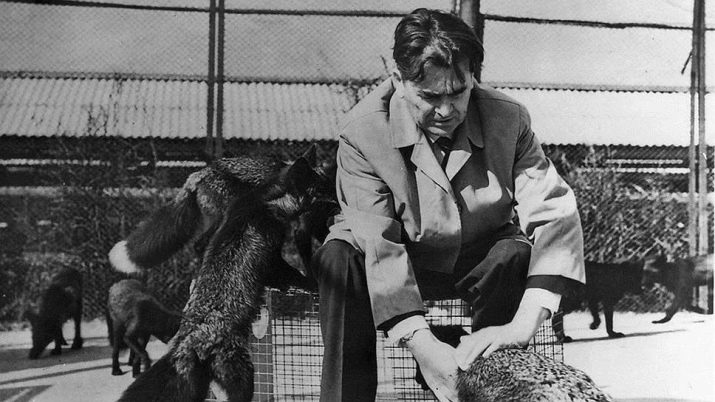
What is the essence of the study: Belyaev had 2 populations at a fur farm for breeding red foxes. In the first, foxes were selected randomly, without reference to certain qualities. But in the second group, the hit was organized by a special test. Seven-month-old foxes were tested for a relationship with a person: a person approached the cage, tried to touch the animal, make contact with it. If the fox showed aggression, fear, it did not fall into the experimental sample.
The result of the experiment confirmed the long-standing guesses of scientists: after several generations of such selection, a group of animals that have passed domestication is formed. This means that the ancient man also probably selected animals loyal to him. And so the dog appeared.
Important! Domestication is called breeding, which is aimed at reducing the level of aggression, increasing interest in the owner and the desire to interact with him.
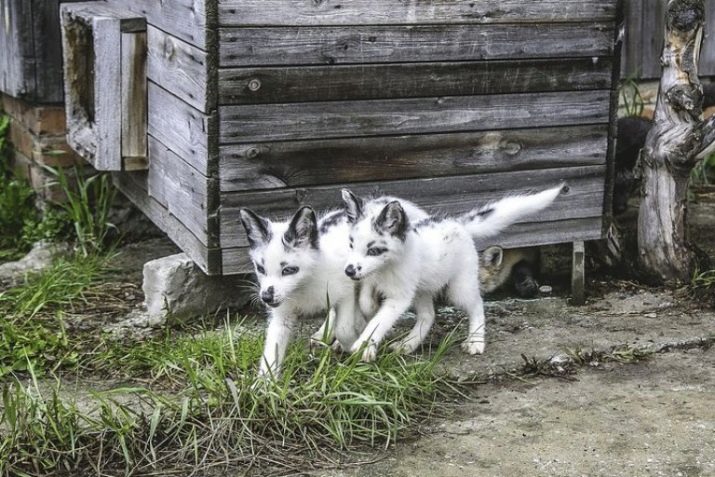
Interesting domestication facts:
- numerous genetic analyzes showed: the birthplace of an ancient dog is Europe, not India (as previously thought);
- the animal, which later became domestic, could come to a person for the smell of food, from these suggestions a person benefited;
- it probably took more than a century to make a wild animal a dog, but today the process of domestication is faster, as the breeding rules are clearly regulated;
- Academician Pavlov believed that it was the dog that made man human, partly it led him to sedentary behavior, and even to cattle breeding and agriculture;
- taming is not equal to domestication, the first preceded the second.

Inseparable from this question, the essence of which is selection, and the question of the appearance of dog breeds.
How and when did dog breeds appear?
Today in the world there are approximately 4 hundreds of officially registered dog breeds. The first dogs were, one might say, universal, performed different functions, they took one dog for hunting, but another for a shepherd’s service. So people noticed that animals cope with their duties in different ways, began to single out those who better guard or hunt. The first division of dogs appeared: guard and hunting dogs arose.
Subsequently, the similarities and differences in the exterior also became the reason for the separation of dogs. The man also narrowed down the intended use of the dog: among the hunting breeds hounds, minks, and cops appeared. Each breed was bred with a specific, very clear purpose.
Decorative dogs appeared later, their purpose is for the fun of the nobility.To have such a dog meant to show off, to demonstrate his enviable position.

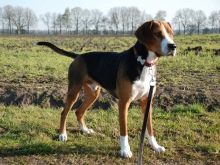
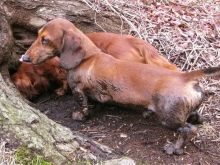
Heredity and variability are properties of genes that are studied by genetics, and these properties help a person to breed in given qualities. For example, for hunting burrowing animals, a man brought up a dachshund - short legs and an extended format should help the dachshund to get the animal out of the hole. Shortened paws could be obtained due to chondrodystrophy - individuals with this disease crossed among themselves, and the desired trait was fixed.
You should know that a breed is a group of animals that has a common origin and common features that are inherited. And this group of animals is created by man.

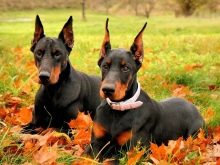
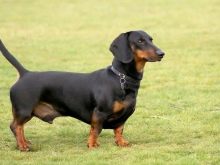
The process of formation of new breeds occurs now. For example, the Russian steppe greyhound was formed only in the second half of the last century as an indigenous breed. The breeds in a sense live their own lives: some disappear, others appear. For this reason UNESCO declared the already existing breeds of domestic animals to humanity. Naturally, the attitude to selection and breeding has been criticized by animal advocates for many years: some of them consider the actions of breeders to be fascist.
This question lies in the ethical plane. On the one hand, a person really conducts experiments on animals in his interests, carries out crossbreeding and selection, rejects the weak. Zoodefenders consider dog shows, contests a mockery of animals and the inhuman opposition of a strong being to a weak.
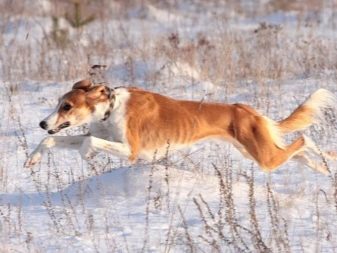
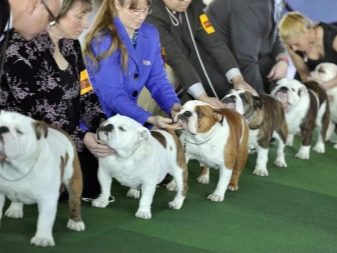
On the other hand, a dog is not just a friend of a person, it is a domesticated animal that can live with a person and serve him. To this end, she was tamed and domesticated, and for the dog - the meaning of life is to be near the owner and serve him. And this means that a person has a moral right to engage in breeding and breeding. Disputes are ongoing, and will continue for a long time, since the truth is somewhere in between. One thing is clear: if you get a dog, you are responsible for it, and you have no right to cancel this responsibility.
Whatever breed the dog is, no matter what circumstances push you to abandon the dog, from the day she appeared at your place, you have no right to betray her.
Only equivalent respect in the dog-man system is the only unchanging value and condition of this historically established alliance.
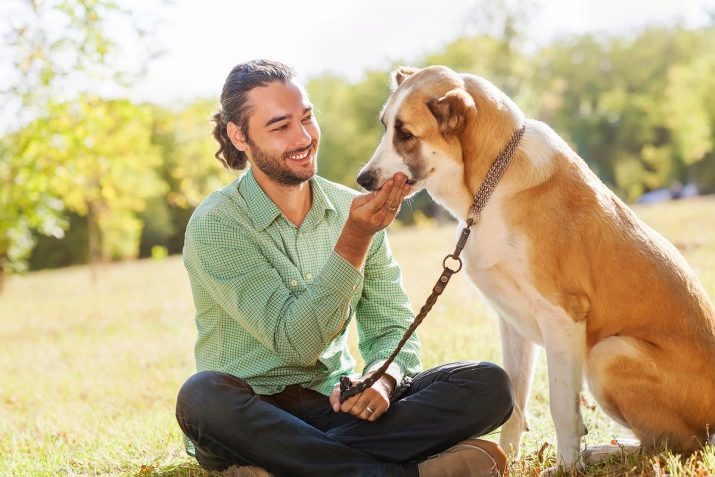
You will learn about the history of the origin of dogs from the video below.
